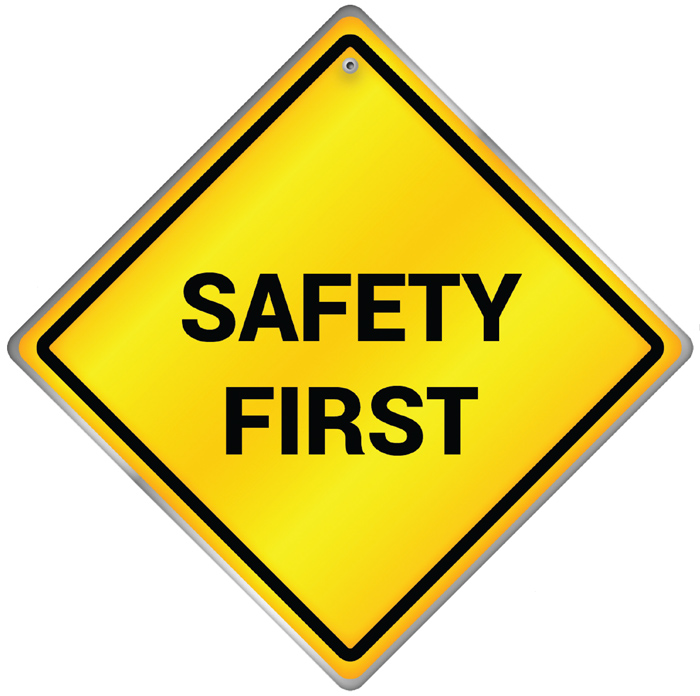March 2018
Throughout our series of articles, we have emphasised the fact that a farming business is one of the most difficult businesses to manage. This is because of the specific circumstances related to a farming business such as the weather and prolonged production cycles.
The transport of employees is also an aspect that is related to a farming business – being it the transport of employees from their homes to the workplace (which is regarded as an in-service action) or transporting employees from one area of a farm to another area or another farm.
Whether the farming business is a large commercial farm or a small farm, the need to transport employees will occur at some time. On some farms it is a daily exercise and on others it is only at specific times and as the need arises. Whether done regularly or per occasion the same care must be taken.
The transport of employees is always a worrying aspect because accidents can occur so unexpectedly and so quickly. Therefore, it is a risk and risks need to be managed properly. It is therefore necessary to manage the transport of employees properly. Should employees be injured during transport and the farmer/owner be found to be at fault or negligent, serious repercussions may result.
During the action of transporting employees, whether from home to work or back or at work, employees, the driver of the vehicle, the vehicle and the farmer/owner are involved. Each party is regulated by rules and regulations of various acts. Thus, to manage the action to be of the least risk requires the farmer/manager to be fully aware of all the rules and regulations.
As explained in the previous articles the health and safety of employees is very important and regulated according to the stipulations of The Occupational Health and Safety Act (No. 85 of 1993). The basis being that employees and employers must adhere to the stipulations of the mentioned act. Furthermore, the National Land Transport Act, (No. 5 of 2009) provides for the transport of employees for the purposes of employment and where the employer provides the means of transport.
The driver must be in possession of a valid driver’s licence and suitable to the type of vehicle according to The Road Traffic Act, (No. 93 of 1996). He/she may not be under the influence of any intoxicating drug or substance which will affect his/her ability to drive properly. If required, the driver must also be in possession of an Operational Permit as when people are charged when transported.

Vehicles involved transporting employees may be a bakkie, a truck, a tractor and trailer or a bus. According to The Road Traffic Act the area of the vehicle where people will be when transported must be enclosed by proper sides to at least a height of 350 mm above the surface on which the people will be sitting. Note when transporting people under these circumstances they are required to be seated on the floor. They may not stand or sit on the edges of the side structures. To enable people to stand on the vehicle, the sides must be covered to a minimum height of at least 900 mm.
The vehicle must also be in a roadworthy condition and be well maintained and free from any protruding matter that could be of danger to those who are transported. And off course the vehicle must be licenced properly. When transporting goods and people at the same time a solid safe structure must be set up between the goods and the passengers for protection purposes.
All above aspects are directly or indirectly the responsibility of the owner and/or manager of the vehicles to ensure full adherence to all the rules and regulations.
In case of an accident whilst the employees are being transported without any charge and are in service, they may claim from the Compensation Commissioner as per Act No.130 of 1993, Compensation for Occupational Injuries and Diseases Act (COIDA) as discussed in the previous article. Thus, it is important for the employer to be registered at the Commissioner, otherwise claims can be lodged against him/her. However, should the owner/manager be found to be negligent or not meeting all the lawful requirements, criminal charges may be brought against the owner. This is also the case should the driver be found to have driven the vehicle under the influence of an intoxicating drug or reckless or negligent.
The transport of employees is always a risk for farmers and should therefore be managed properly which entails proper planning, organising, implementing and control. If possible, it is also advisable, to be properly commercially insured to cover claims that may arise in a private capacity against the farmer. Always be very sensitive towards the health and safety of your employees. Do not take any chances.
Article submitted by Marius Greyling, Pula Imvula contributor. For more information, send an email to mariusg@mcgacc.co.za.
Publication: March 2018
Section: Pula/Imvula